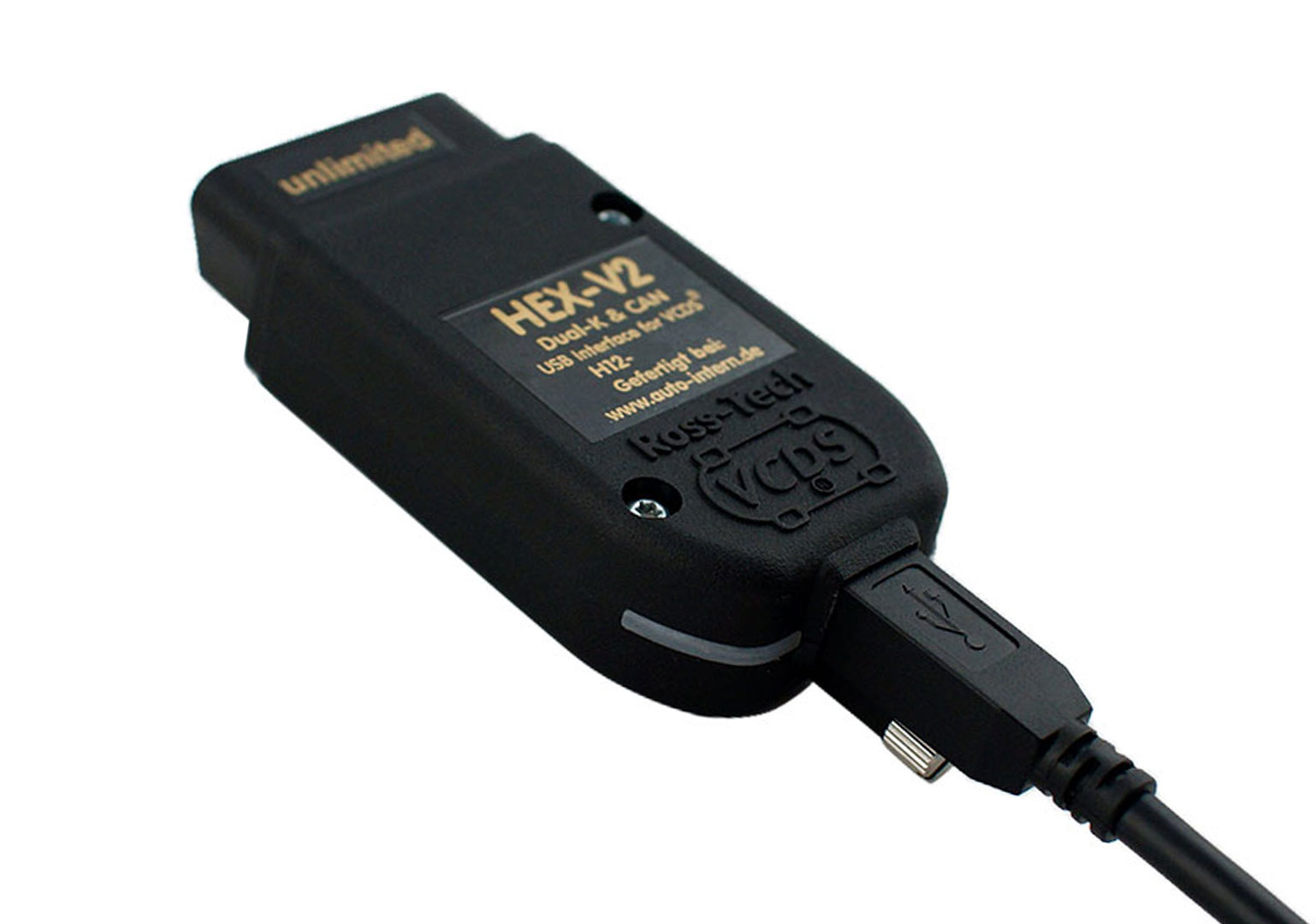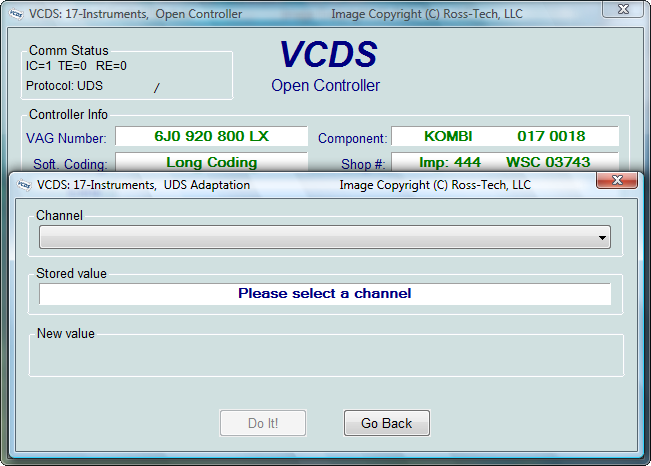Auto Intern Driver, free auto intern driver software downloads. Jul 19, 2019 To install the latest version of Extension Pack, head over to the Virtualbox Downloads page and grab the file for All supported platforms. Once you’ve downloaded, open up VirtualBox – Click File – Preferences in the Menu. AutoIntern, free download. AutoIntern 2.1.22: Start automating your programs and dataflow like big companies do. AutoIntern 2.0 takes routine and complex tasks and executes them automatically based on times and dates or other triggers you specify.NEW Features:AutoIntern runs as a. Spelling Test Practice Free Edition v.4.0.1.1 Spelling Test Practice allows you to create, record, and save a spelling list so that you can practice each day for a spelling test.Lists are saved to the hard drive as name.spell4 files. You enter a spelling word and record its pronunciation so.; Spelling Test v.1.4.0 Spelling Test 1.4.0 is designed as a smart tool for testing yourself spelling. Download.com Staff Feb 27, 2009 Improve control of your system and automate many tasks with this powerful tool, but the program's muscle will cause trouble for unprepared users.
This article show a guide on how to configure VCDS diagnostic cable for you laptop
Preparation:
Procedures:
Connect the USB end of your USB Interface or the Serial end of your Serial Interface to the correct port on your PC. If your PC is further from the vehicle’s diagnostic port than 6 feet,
connect an approved Extension Cable between the PC and the Interface.
If you are using a Serial Interface then you can proceed to step #4. If you are using a USB
Interface, a message like this should pop up:
Driver Downloads For Windows 7
The drivers many install automatically in Windows 7 or Vista. If you are using XP or W2000, click on the Found New Hardware message and the Found New Hardware Wizard should start up. If you are prompted with the choice, pick “No, Not This Time” when asked if you want to connect to the Internet to search for drivers. Select “Install the software automatically (Recommended)” then click [Next >]
The process should be automated but you may need to click “Continue Anyway” part way through the process.
If, for some reason, you installed the USB Interface without following the above instructions, and VCDS does not work correctly, go into your PC’s Device Manager while the USB Interface is connected.
You can find the Device Manager by right-clicking on My Computer in XP or on Computer in Vista or 7. Select Manage to bring up Computer Management. On the left side of the screen under System Tools, select Device Manager.
Find the “VCDS Compatible USB Interface” or similar and delete it. It may be under “Other Devices” or under “Universal Serial Bus Controllers”. Next, unplug the USB Interface from your PC, wait 5 seconds and plug it back in.
Connect the car end of your Interface to your vehicle’s Diagnostic Port.
If your vehicle has a 2×2 port (some pre-1996 vehicles), then use the optional 2×2 Adapter between the Interface and the ports in the car. This is included in the Pro-Kit.
Turn the vehicle’s ignition switch to the ON position. Make sure the key is turned far enough that the dash lights are fully illuminated. The engine may either be running or stopped.
Start the VCDS program on your PC through either the Start Menu or the VCDS icon on your Desktop.

From the Main Screen in VCDS click the [Options] button to go into the Options screen.
Once you are in the Options Screen,Select the correct port for your PC’s USB Port (USB) or Serial Port (typically COM1 or COM2) and click the [Test] button. Ensure that VCDS finds your interface.
You should see a message like this:
If the Interface Status is “Not Found!”,check the connections at the car and PC.Make sure both are plugged in securely.Serial Interfaces get their power from the vehicle so they will not be recognized at all if not plugged into a car.
Adapter Type should always be “RossTech” followed by the name of the Interface such as “HEX-USB+CAN”.
Version indicates the firmware version of your Interface. It may be updated by new versions of VCDS, if so follow the prompts on the screen.

Once you have tested successfully, click [OK] then click [Save] to apply this configuration,you will be returned to the Main Screen. Click on [Select] to view the Select Control Module Screen. Select one of your car’s Control Modules such as Engine.
Note: Your car will not have all the Control Modules listed in VCDS, only the functional ones that were installed in your vehicle.

After VCDS has connected, click on [Fault Codes] to check for Fault Codes (DTCs).Repeat the process for each of your car’s Control Modules.
Readers who read this article also read:
Auto-intern Driver Download Windows 10
Virtual COM Port Drivers for Ross-Tech USB Interfaces
Older Ross-Tech RS-232 Serial interfaces can be set to power up as 'dumb K-Line pass through' interfaces. This allowed those old Serial interfaces to be compatible with a wide variety of third-party applications which expect a 'K-line pass-through' serial interface. However, our USB interfaces present additional challenges. Early in their development, we found a number of technical advantages to using a 'direct' USB driver which bypasses the Windows Serial drivers entirely. Hence the USB drivers that ship with VCDS do not emulate a serial COM port and cannot be used with applications that expect to communicate via a serial port.
NOTE: The following applies to our legacy USB interfaces (HEX-USB, KII-USB and HEX-USB+CAN). It does NOT apply to our current HEX-V2 or HEX-NET interfaces. These new interfaces do not use a USB UART chip and cannot be be used for 'dumb K-line pass-through'!
In order to facilitate the use of third-party applications which expect to communicate with a serial interface, drivers that emulate a COM port are available. However, anyone thinking about using them needs to be aware of the following points:
We do not offer installation support for these drivers. They should be used only by someone who is competent/comfortable installing (and possible uninstalling) USB drivers on his PC.
We cannot offer any support for third-party software, nor any guarantee that it will work correctly with these drivers. Of course, the same would apply with a serial interface as well.
That said, here some installation notes:
These drivers are compatible with Windows 2000 and newer. They should work with W2K, XP-32, XP-64, Vista-32 and Vista-64. We do not have any VCP drivers for Windows 98!
Unzip the contents of the download into a new folder.
With an interface plugged in, find it in Device Manager, right-click it, and select Update Driver.
Depending on what drivers your system already has installed, you may have to 'force' these by telling the wizard not to search, but to let you specify what driver to install, then doing the Have Disk and Browse thing.
There's also the possibility that the Virtual COM Port won't install automatically. We've found no real pattern why it does on some systems and not on others. If it does not, find the interface in Device > Manager. The name should show '... with VCP'. Open the properties sheet, click the Advanced tab, and make sure Load VCP is checked. Once checked, disconnect and re-connect the interface.
Once the USB Serial Port is installed, you may need to change the COM Port Number (depending on how high a number the applications supports). Device Manager, Properties sheet for the USB Serial Port, Port Settings tab, Advanced button. The COM Port Number may change if you plug the interface into a different USB port, so I'd recommend always using the same USB port.
VCDS should continue to work fine with these drivers installed. Leave VCDS set to USB, not a Virtual COM Port!
Assuming you've read and understand all of the above, you can download the 'Virtual COM Port' drivers here:
Home
Products
VCDS
Product Information
Interfaces
TWIN-USBKII-USB HEX-USB+CAN
Virtual COM Port Drivers